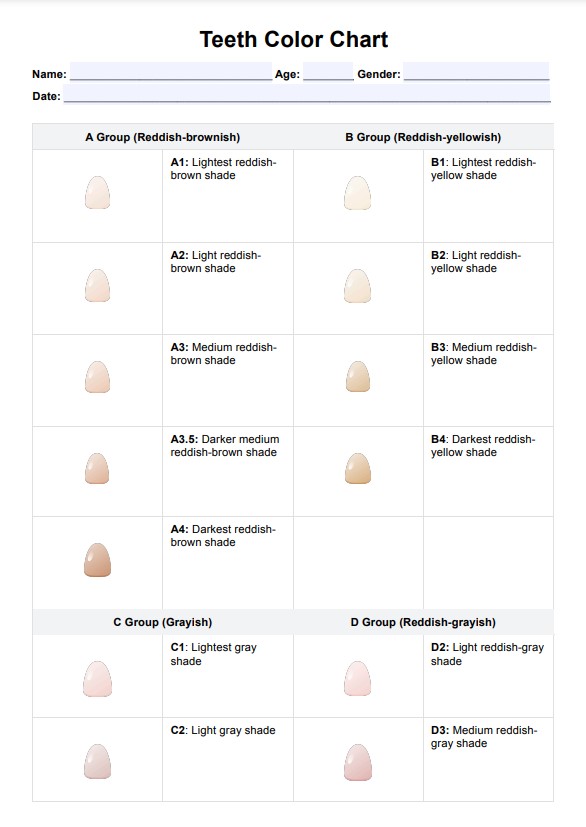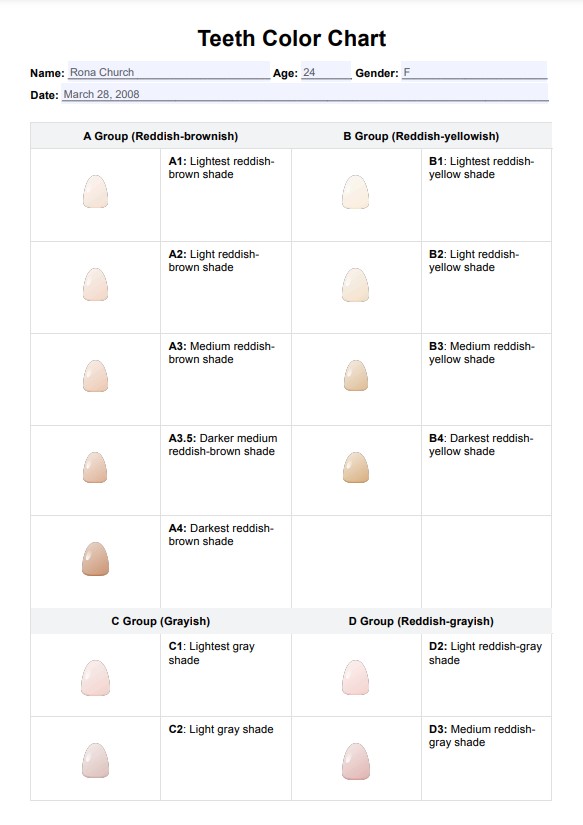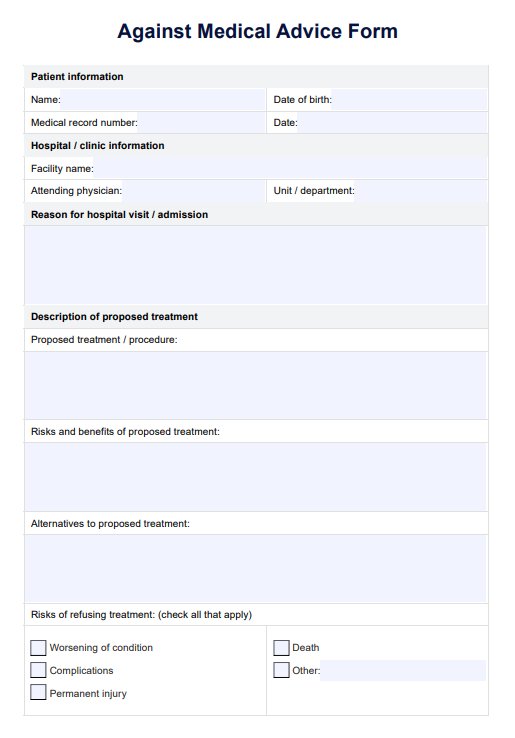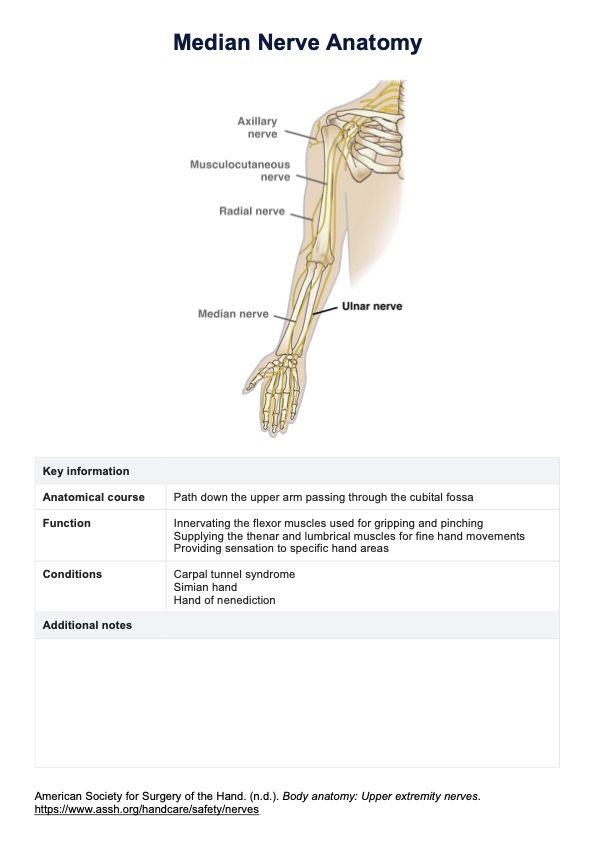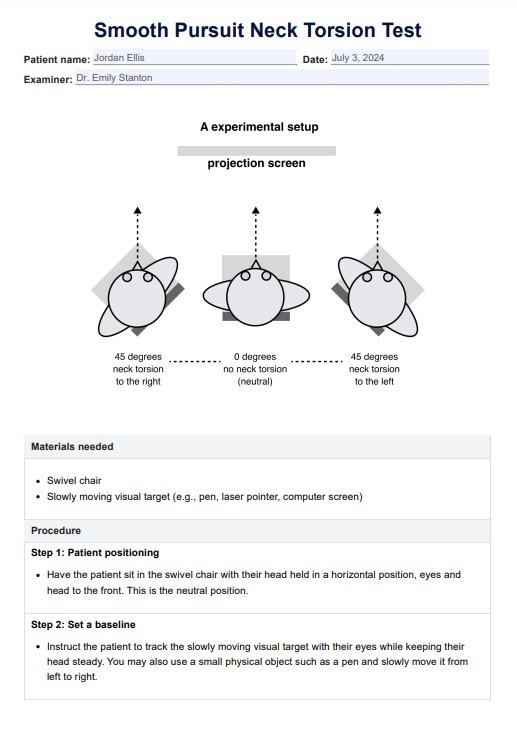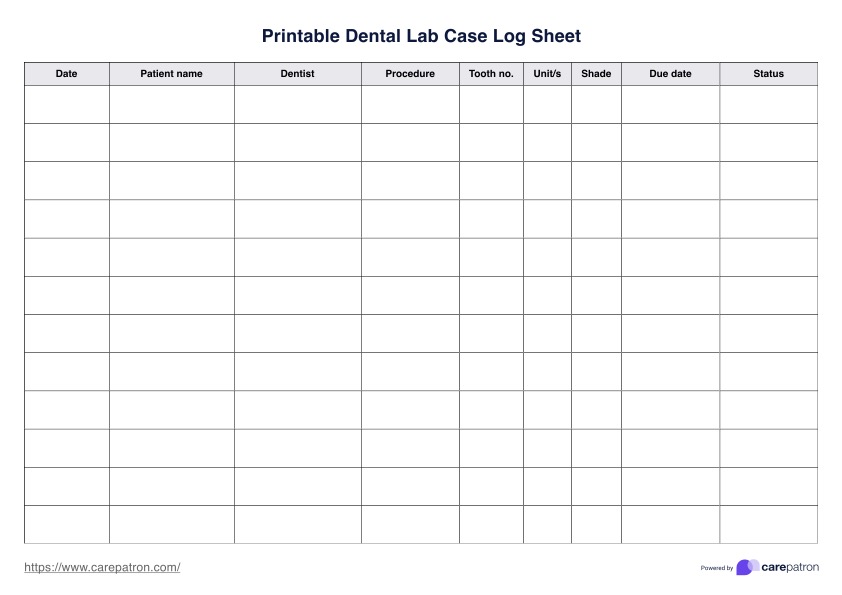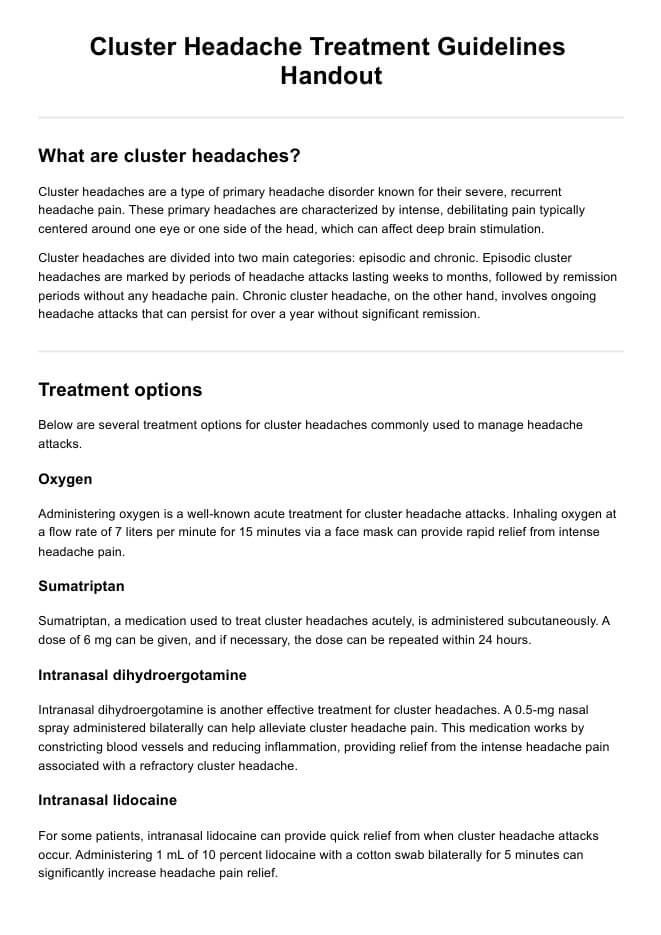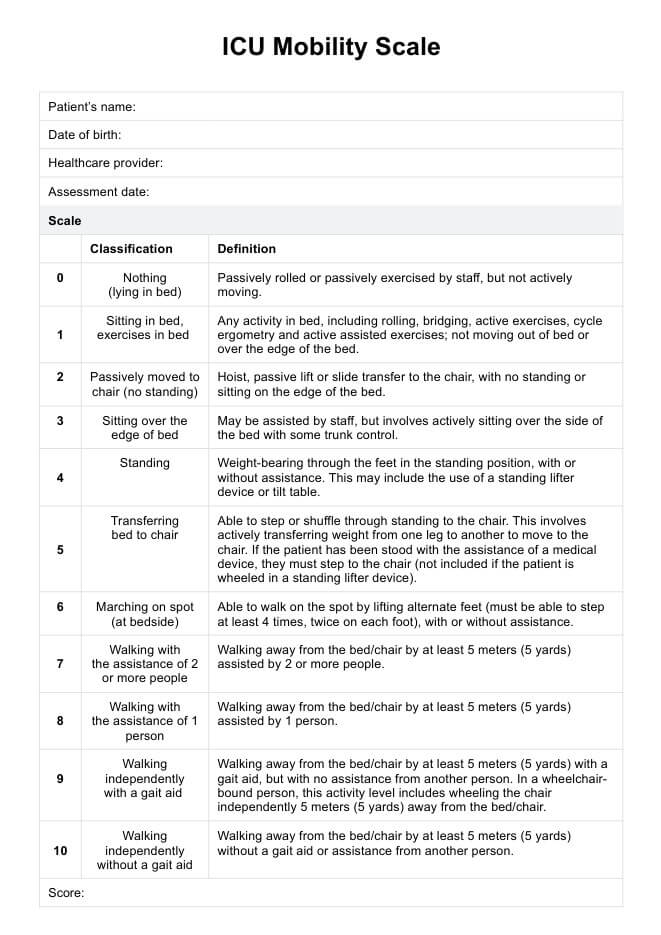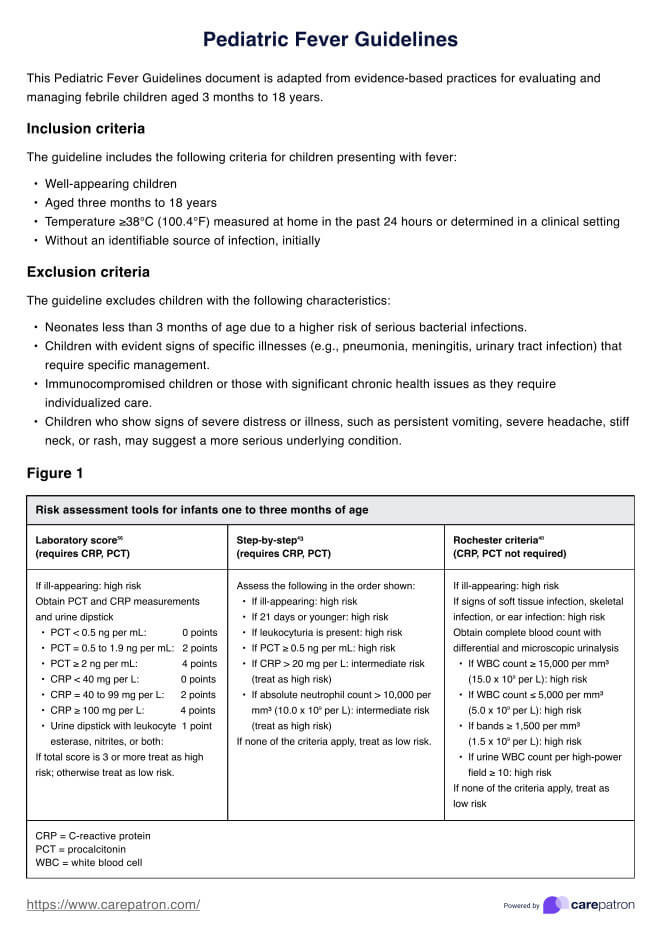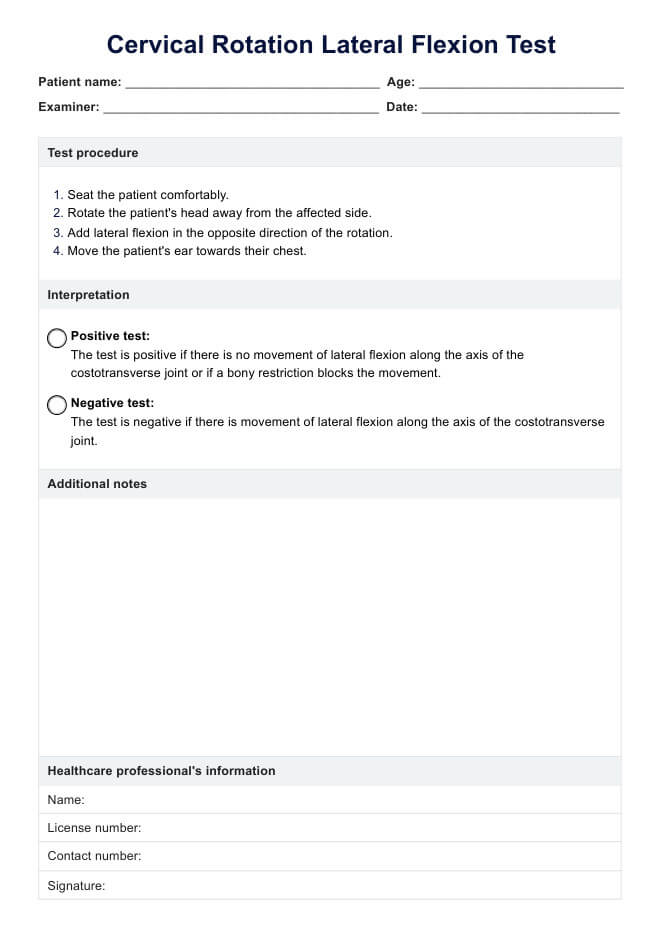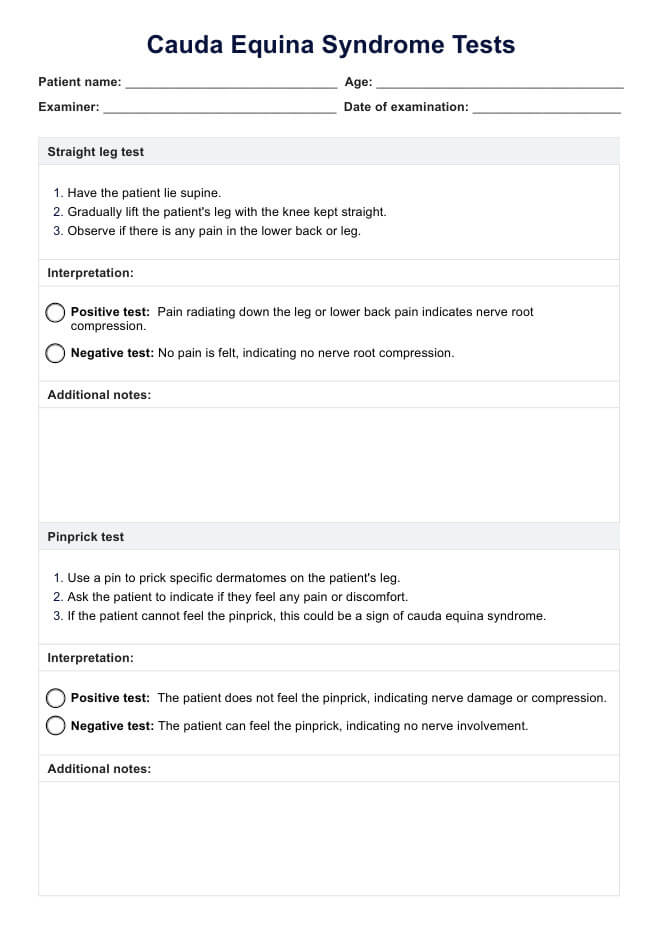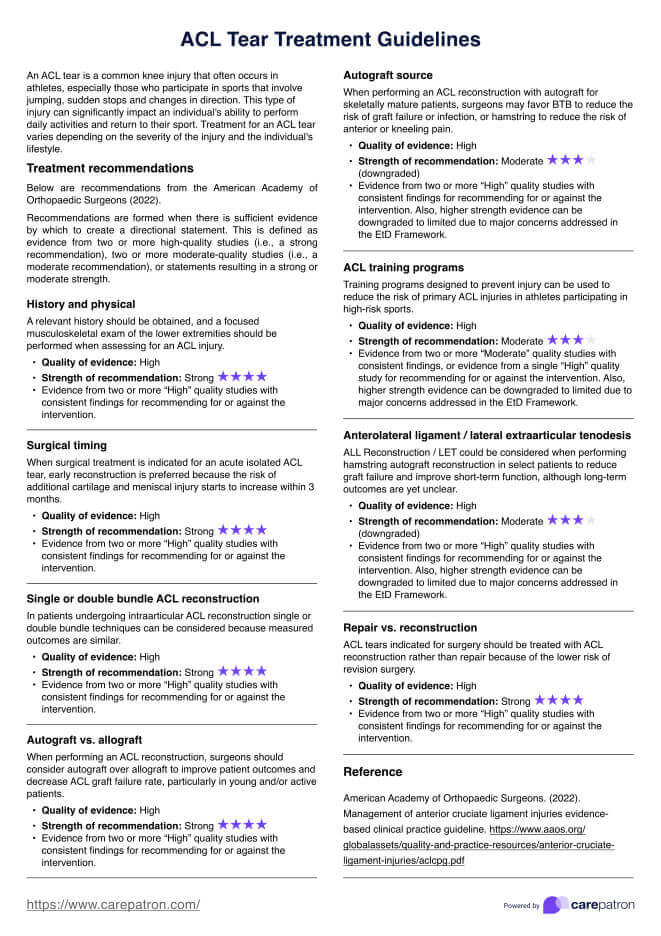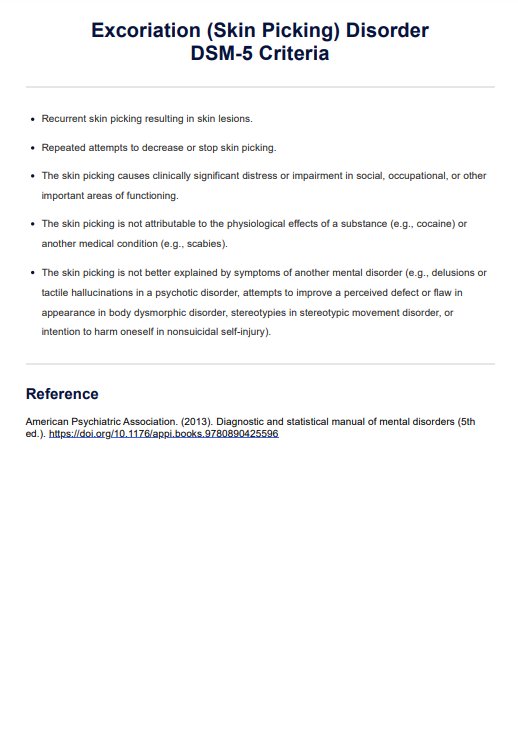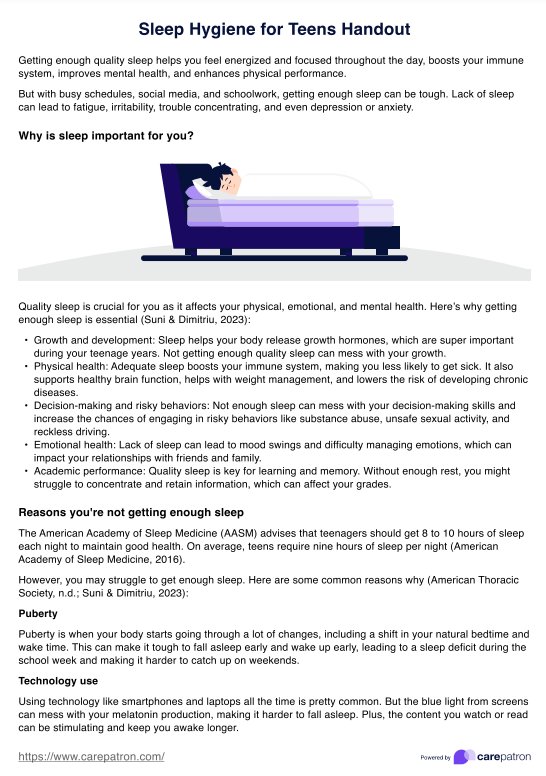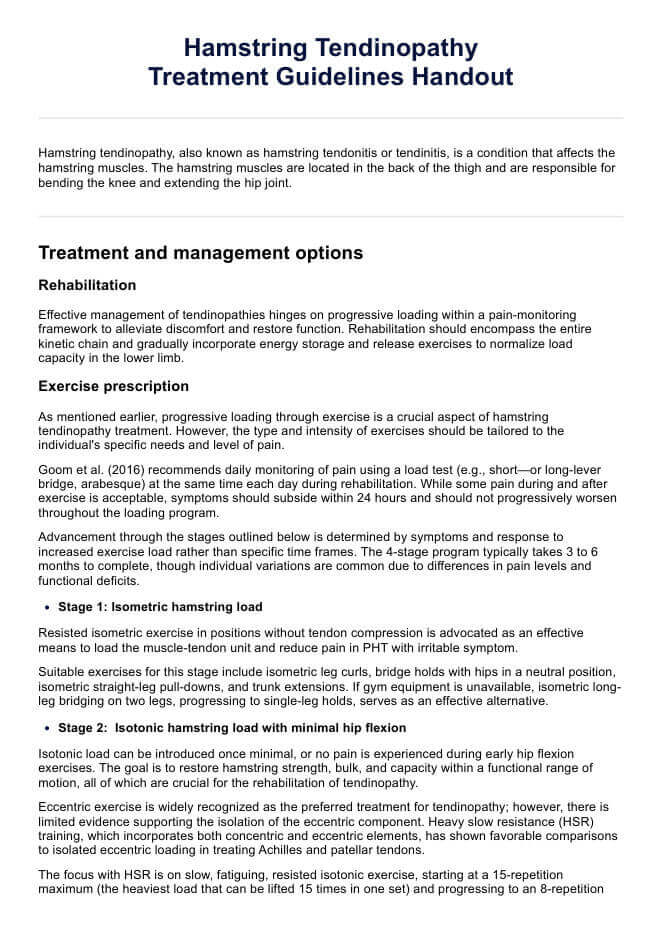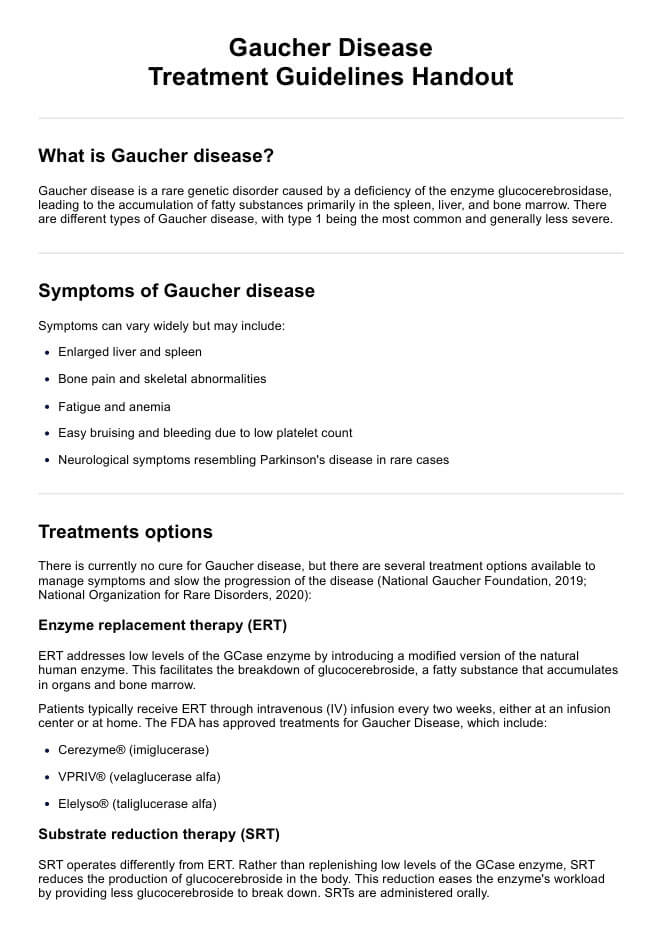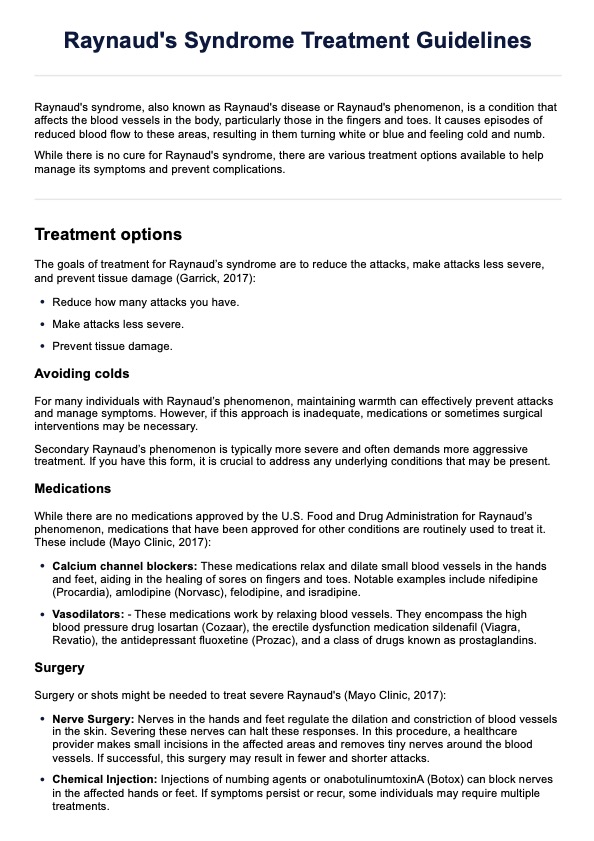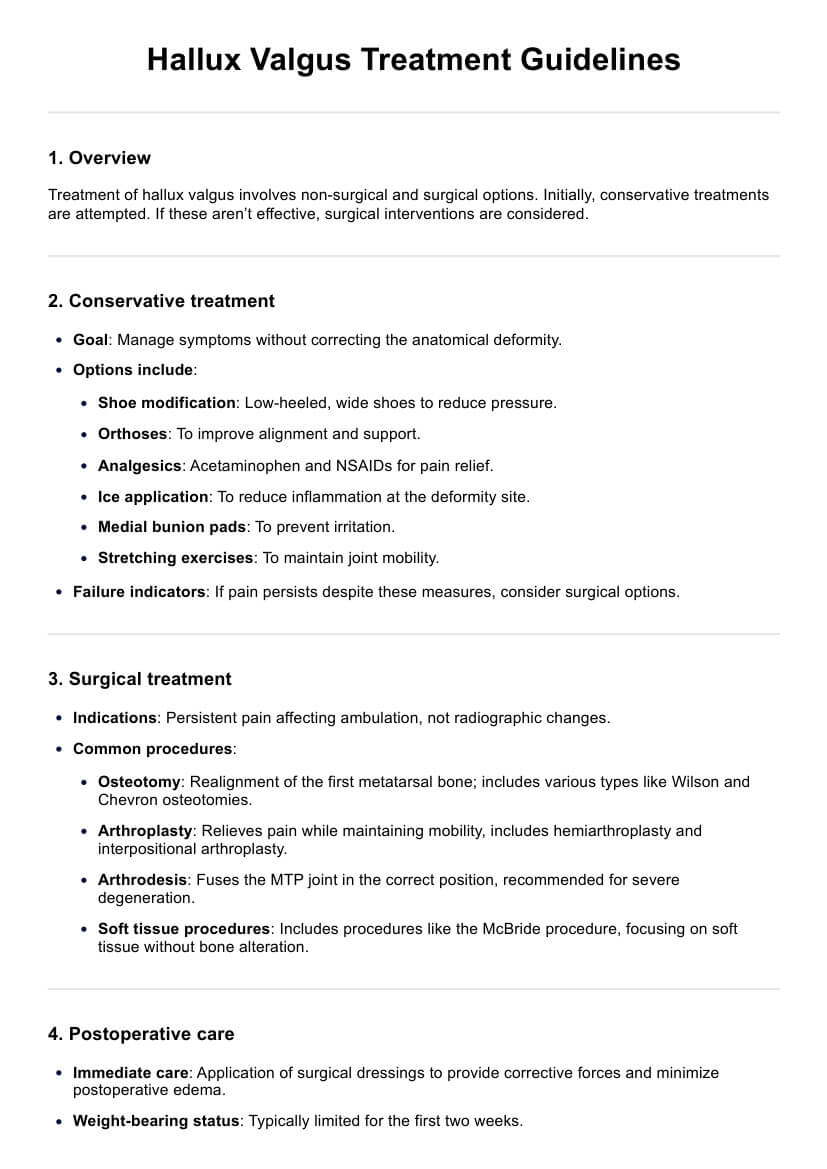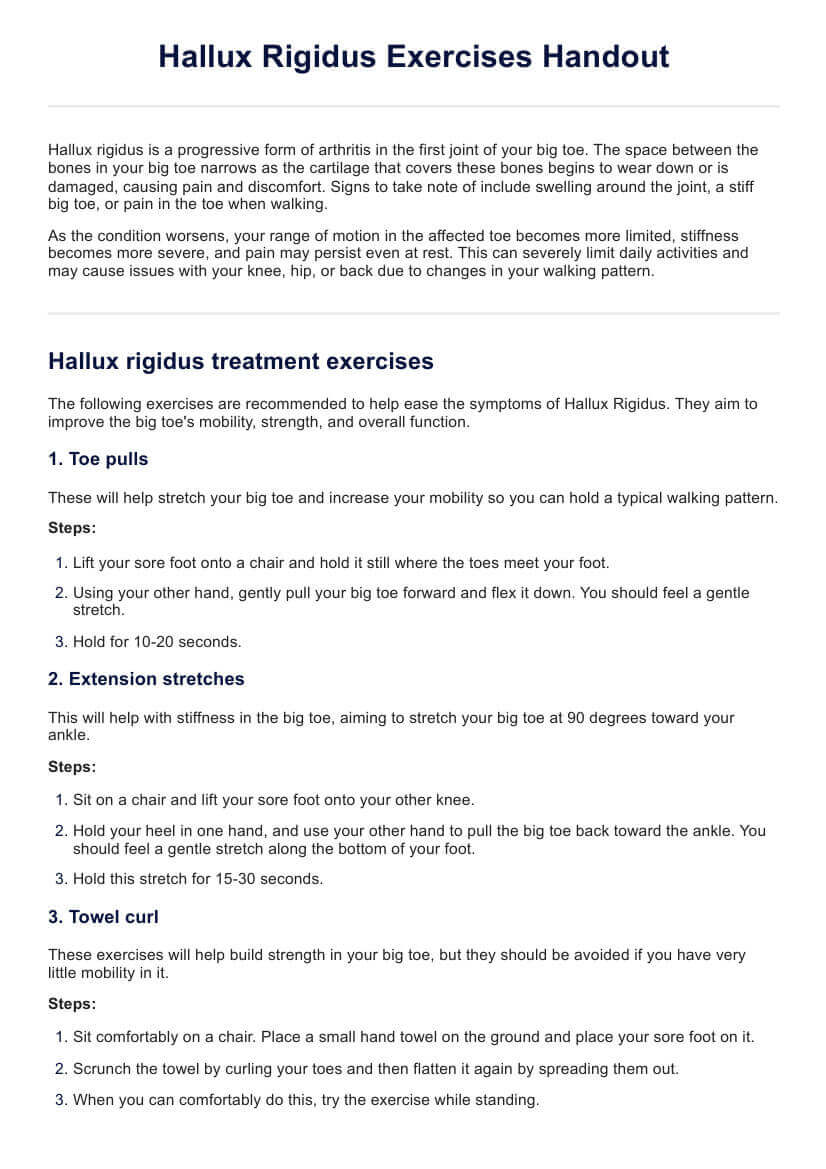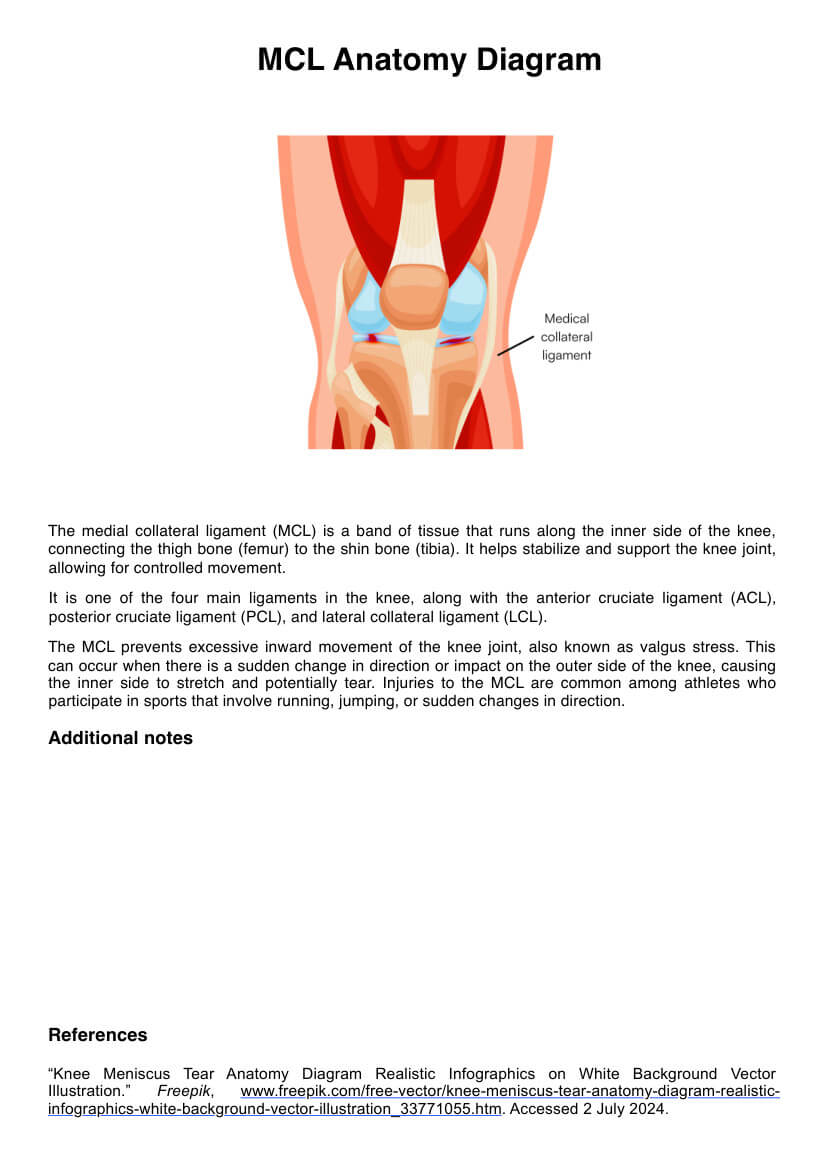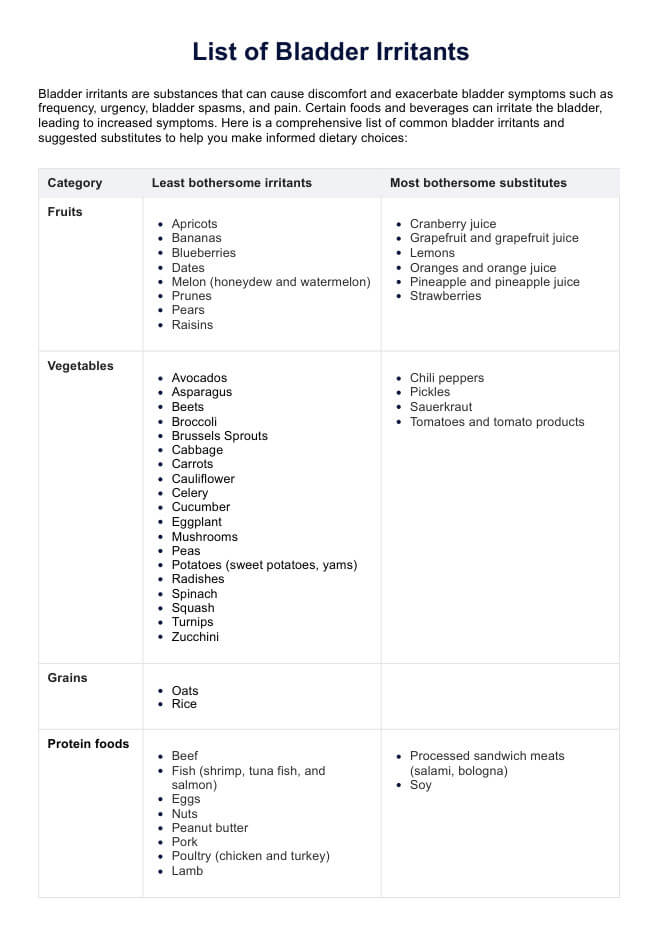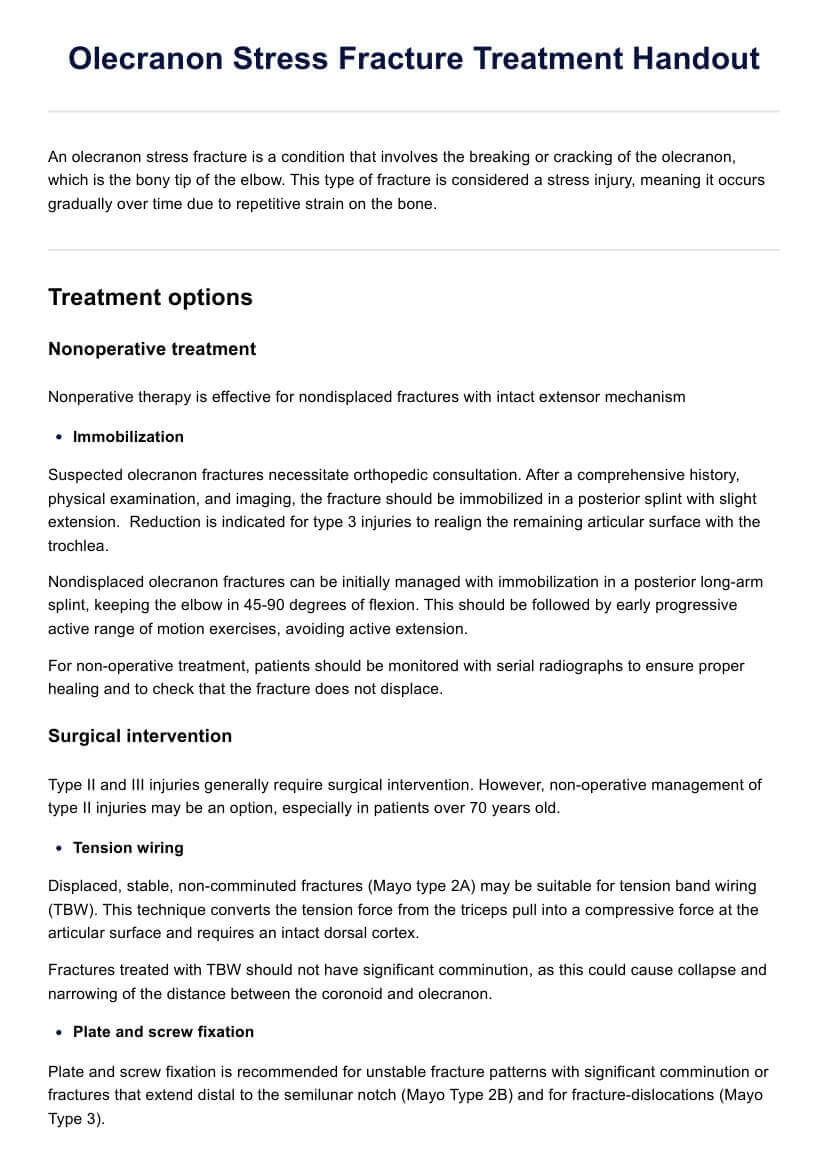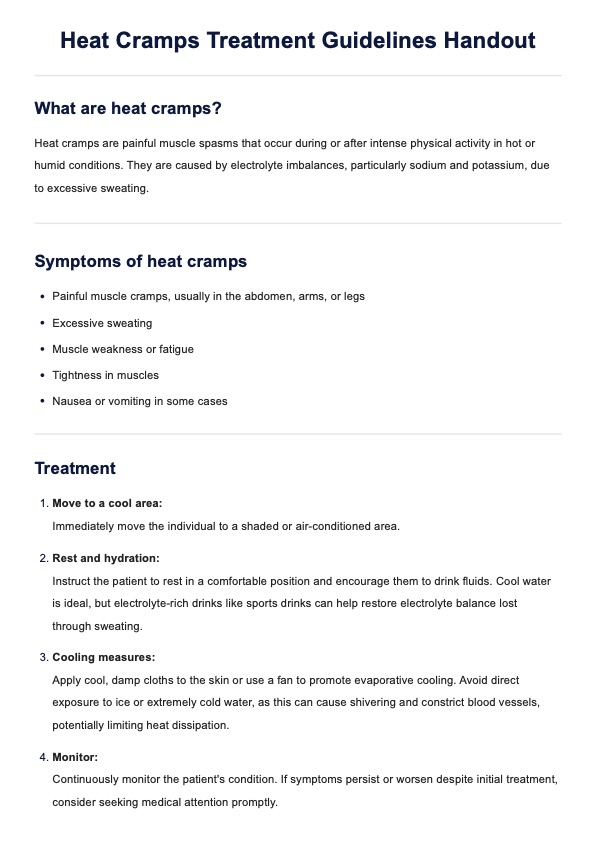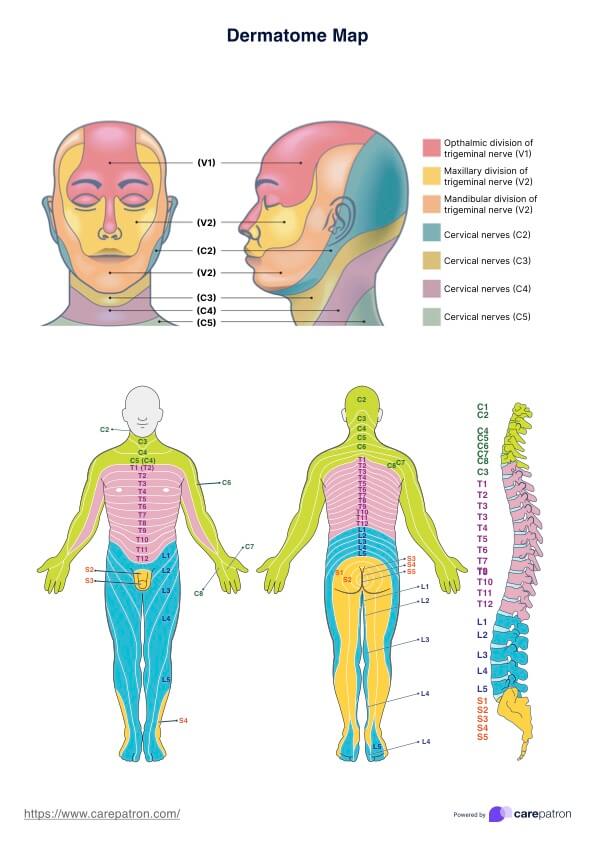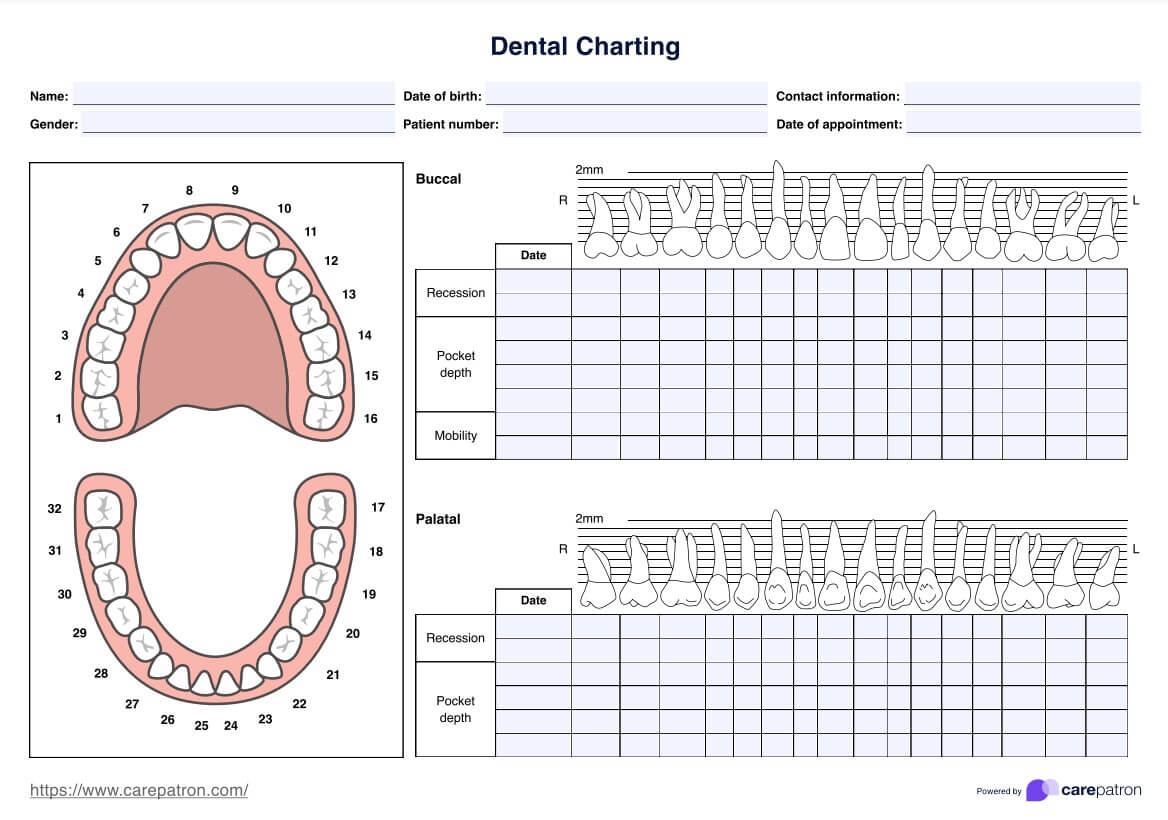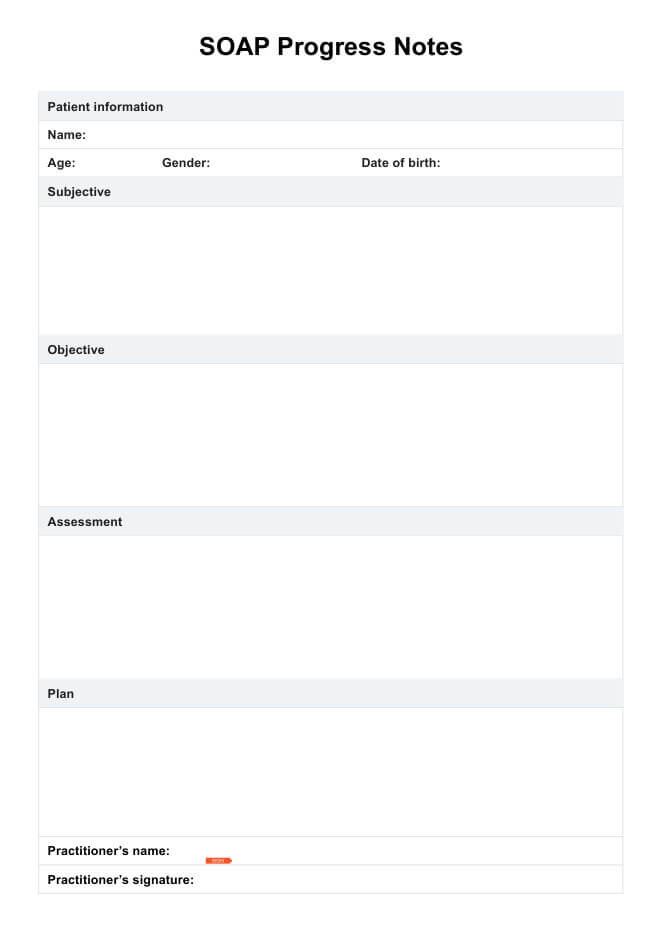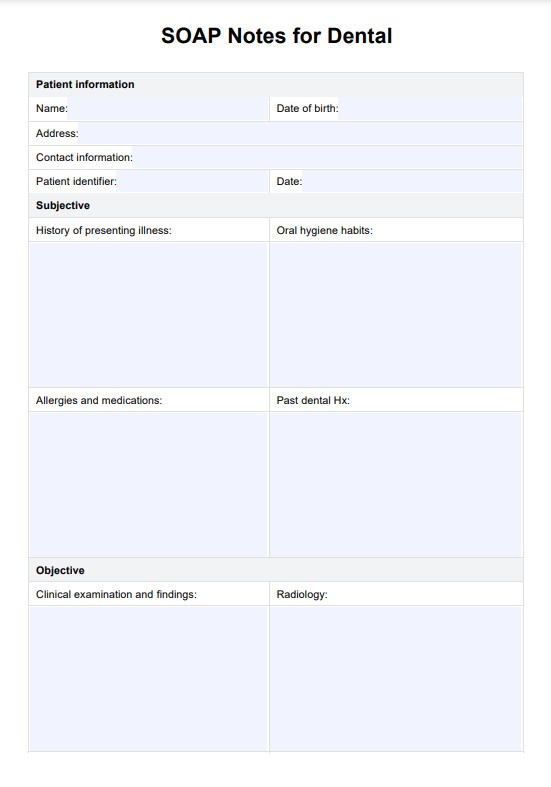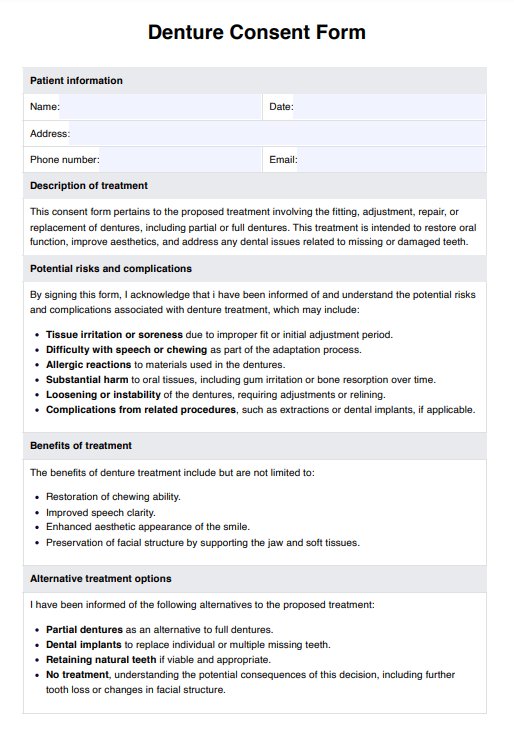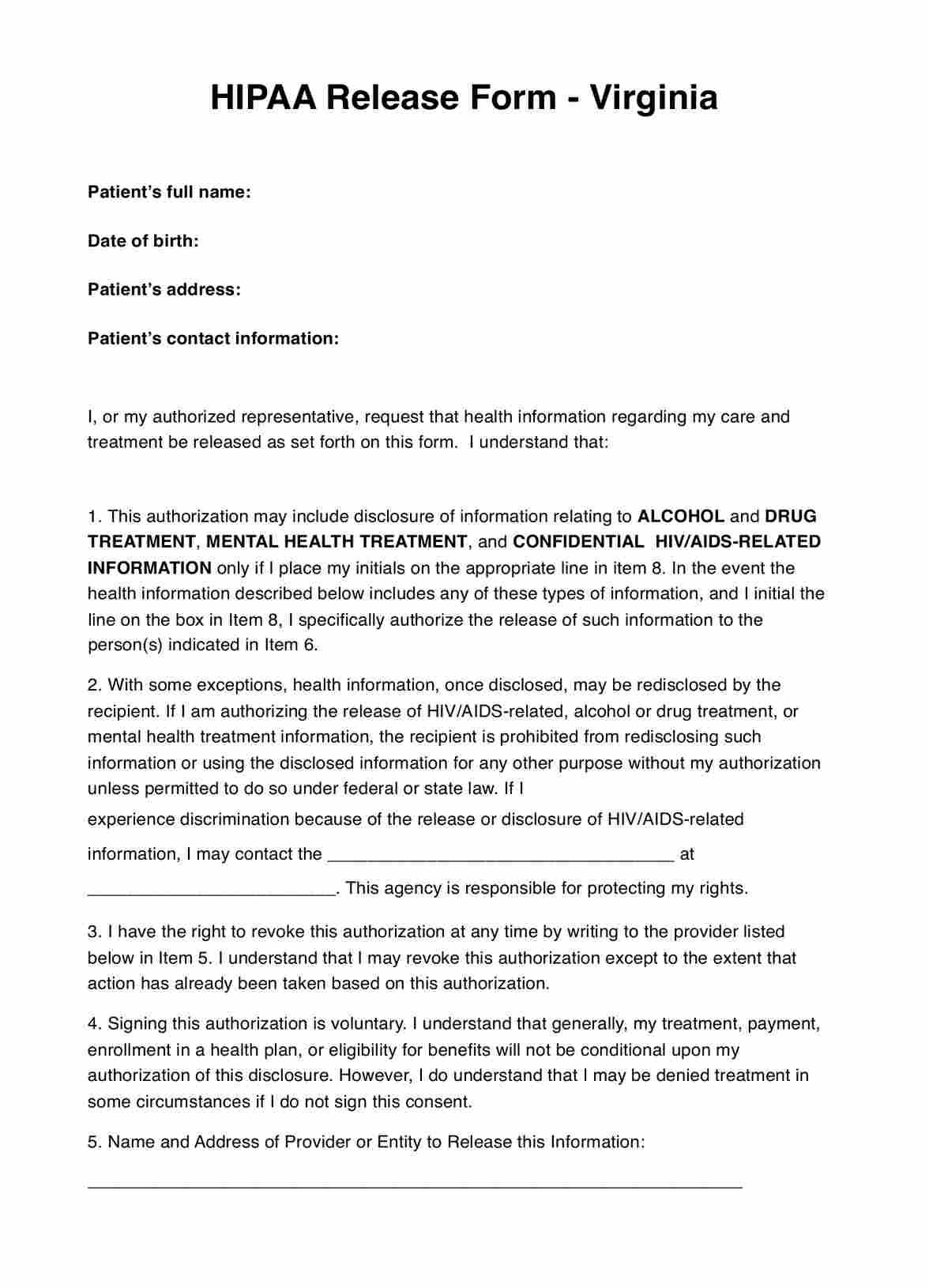Teeth Color Charts
Learn to effectively use our free Teeth Color Chart to improve your dental procedures. Download our free PDF for guidance and achieve better results for your patients.


What is a Teeth Color Chart?
A Teeth Color Chart is a reference tool that is used to determine the shade or color of teeth. It is commonly used by dentists, dental hygienists, and other dental professionals to assess the color of a patient's teeth and track any changes over time.
The chart typically consists of a range of colors, from light to dark shades, with corresponding numbers or letters. It can also include additional information such as tooth shape and translucency. There are several types of teeth color charts available in the market, but the most commonly used one is the Vita Shade Guide.
Dentists use the Teeth Color Chart to determine the best course of treatment for their patients. This can include teeth whitening, dental restorations such as crowns or veneers, or other cosmetic procedures. The chart is also used as a communication tool between dental professionals and their patients, helping them understand the current shade of their teeth and the expected outcome of any proposed treatments.
Teeth Color Charts Template
Teeth Color Charts Example
How does our tooth shade chart work?
Carepatron has created a simple Teeth Color Chart for your dental practice. The colors in this chart are based on the Vita Shade Guide, allowing you to choose the closest match for your patient's tooth color. This chart is designed to be easy to use and will help you identify the perfect shade for your patient's teeth.
Step 1: Access the chart
To make the most of this fully customizable template within the Carepatron app, simply click the "Use Template" button. If you prefer, you can also click the "Download" button to obtain a PDF version.
Step 2: Understand the color codes
The chart includes a range of colors, from A1 to D4. These correspond to the Vita Shade Guide's four basic shade groups: A (reddish brown), B (reddish yellow), C (gray), and D (reddish gray). Within each group, there are four subgroups denoted by digits 1-4, with 1 being the lightest and 4 being the darkest.
Step 3: Compare tooth color
To use the chart effectively, you will need to compare your patient's tooth color to the shades on the chart. Hold up the chart next to their teeth in natural lighting for accurate results.
Step 4: Find the closest match
Once you have identified the shade group and subgroup that best matches your patient's natural shade, you can refer to the chart for specific information on hue and value. This will help you determine the exact shade that is closest to their natural tooth color.
Step 5: Record additional notes
Use the template to record any additional notes or observations about your patient's tooth color, such as discoloration or staining. This will help you track changes over time and make treatment recommendations accordingly.
When would you use this chart?
This shade chart can be used in a variety of situations, including:
Initial dental evaluations
During initial dental evaluations, you can use this chart to record your patient's natural tooth color and monitor any changes over time. It can also be used as a reference when discussing potential treatments for improving the appearance of their teeth.
Cosmetic procedures
If your patient is considering cosmetic procedures, such as teeth whitening or veneers, this shade chart can help you determine the best course of action to achieve their desired results. You can use it to compare their current tooth color with the expected outcome and make necessary adjustments.
Prosthetic fittings
When fitting prosthetics, such as crowns or dentures, using this shade chart can ensure a more natural and seamless match to your patient's existing teeth. This will result in a more aesthetically pleasing and comfortable prosthesis.
Restorative procedures
This shade chart can help you select the best color match for your patient's affected tooth during restorative procedures, such as fillings or root canals and dental veneers. This will result in a more natural appearance and allow for better blending with their surrounding teeth.
Benefits
Some benefits of using this tooth color chart in your practice include the following:
Precision in color matching
Our free Teeth Color Chart utilizes the Vita color guide, a standardized system used by dentists and dental laboratories worldwide. This allows for precise color matching between natural teeth and dental restorations, ensuring a seamless result that looks natural.
Efficiency and time-saving
With this tooth shades chart, dentists can save valuable time by quickly determining the correct shade for a patient's restoration or whitening treatments. You can simply refer to the chart and select the corresponding shade rather than having to manually mix and match different shades.
Ease of communication with dental laboratories
Using the same Vita color guide as dental laboratories allows for easier communication and collaboration between dentists and labs for dental treatments. This can result in more accurate restorations that meet the exact specifications requested by the dentist.
Fully digital and customizable
Our tooth color chart is available in a digital format, making it easily accessible and customizable for your specific practice needs. You can add your own notes or markings to the chart, as well as save and print multiple copies for convenient use.
Commonly asked questions
The most common tooth shade is typically around A2 on the dental shade guide. This shade provides a natural appearance for many people and reflects the average color of teeth for most individuals.
The normal color of teeth can range from light yellow to slightly grayish tones. Factors such as genetics, age, and dietary habits can influence this color, but generally, healthy teeth exhibit a natural off-white hue.
B1 is considered whiter than A1 on the dental shade guide. While both shades fall into the lighter spectrum, B1 represents the brightest and most vibrant white, often desired in cosmetic dentistry.
The healthy tooth color range typically spans from A1 to A3 on the dental shade guide. Teeth in this range are usually bright and white without being overly bleached, indicating good dental health and hygiene.

.jpg)
